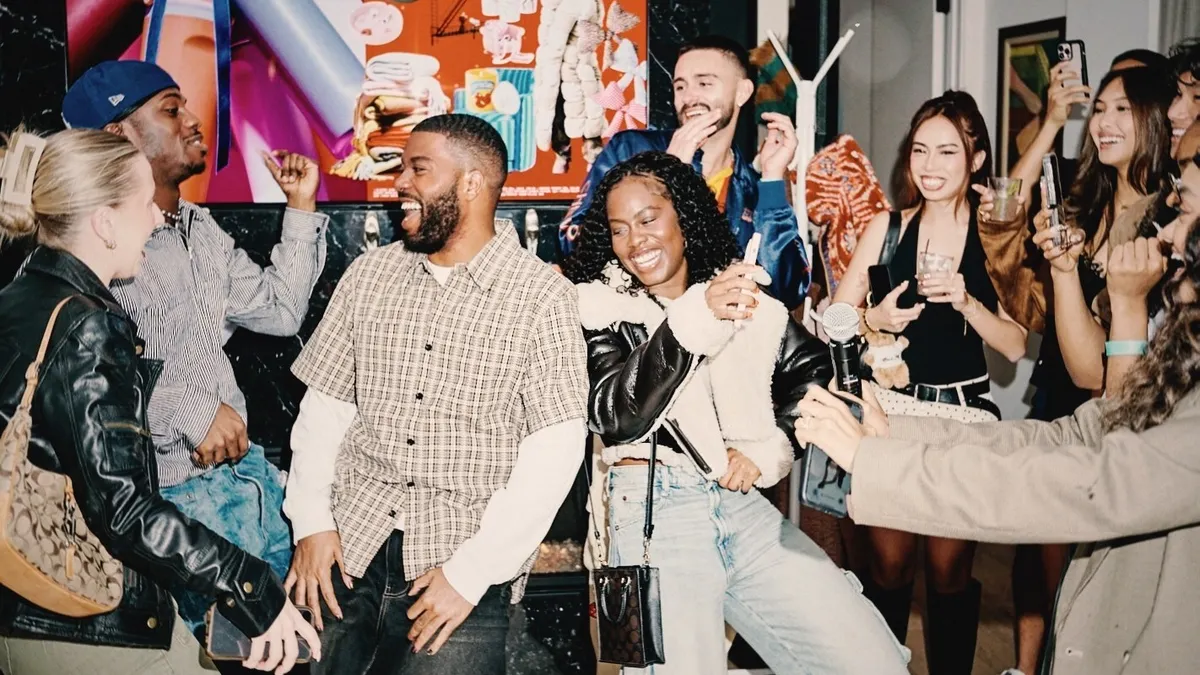Brief:
- Hearst last week started to increase the frequency of content posted to Snapchat Discover, the messaging app's platform for professionally produced content. Magazine titles including Harper's Bazaar, Esquire, Popular Mechanics and Road & Track will double their number of weekly updates to twice a week, Business Insider reported.
- Each of the titles average 2 million unique visitors per edition every week, and much of the audience spent more than 10 minutes on each update, according to Hearst via Business Insider. In addition, 75% of the audience was between the ages of 13 and 24.
- Hearst's expansion contrasts with moves by publishers such as CNN and Comedy Central, which have reduced Discover posts to focus on producing video shows for Snapchat. Meanwhile, Discover is promoting its video capabilities, worrying some publishers that the platform is casting off its original "digital magazine" concept, per Business Insider.
Insight:
Hearst's boosting of content on the Discover platform comes shortly after Snapchat began to bring college newspapers to the platform and beef up its news content with daily shows by CNN and NBC. In September, Pew Research Center released a study that found that two-thirds of Americans get some news from social networks. The percentage of Snapchat users getting news from the app grew to 29% this year from 17% in early 2016. Eighty-two percent of news readers between 18 and 29 got news from Snapchat, a higher percentage for the age group than Facebook, Instagram, YouTube, Twitter and LinkedIn.
Meanwhile, Discover is also working to beef up its video content and capabilities. This "pivot to video" among publishers has been a source of worry among traditional magazine editors who fret about the future of text-based content. But there are signs that video content isn't necessarily boosting audiences for publishers, Digiday reported. Publishers like Fox Sports, Mic and Vocativ that cut editorial staff last summer saw an average 60% drop in website traffic in August from a year earlier. The trend in readership was declining before the shift really began, which meant job cuts were almost inevitable, but it's too early to tell if video — particularly on mobile screens — is going to be the silver bullet for publishers.
The growth in video ad spending is driving the shift to produce more filmed content. This spending is expected to almost double to $18 billion in 2020 from about $10 billion last year, according to eMarketer estimates cited by Digiday.








